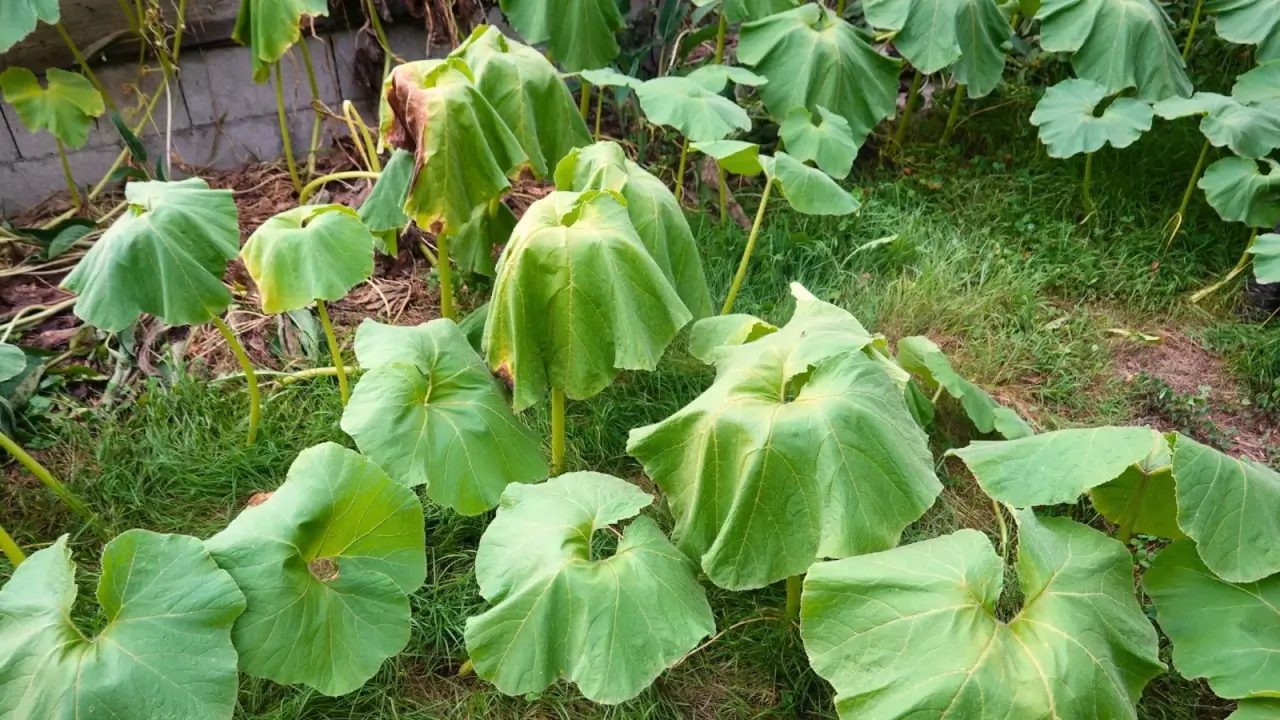Careful timing ensures crops can handle a little heat. But recently, sudden heat waves and long-lasting ones in already warm regions have become more common, with predictions saying there’s more to come. For some crops, these shifts cross the line between stress and a fraction of normal yields.
This is why adapting to the climate and employing heat protection strategies is crucial for farmers today. In most cases, all this takes is a little adjustment and more awareness about when the heat will arrive. How long it will stay is another worthy consideration.
By employing a few useful techniques and tools, farms make their usual revenue possible even in extremes. These methods also bolster other crops from heat stress if things get even hotter out there. Put these strategies in your back pocket in case a heat dome looms.
What Does Heat Stress Look Like?
Plants express heat stress in numerous ways. Some wilt in the middle of the day, turning their leaves downward to prevent sunlight from scorching their surfaces. Flowering and fruiting crops may drop flowers or fail to set fruit. In extreme cases, scarring and defoliation occur.
When you notice a plant wilting just as the sun rises, you are getting closer to what is known as the permanent wilting point, which is when plants can only absorb 35% of the soil’s capacity to hold water. Therefore, it’s important to formulate your soil appropriately so it can hold enough moisture to allow your plants to take it in at a sufficient rate.
The result of continued permanent wilting is plant death. There are ways to avoid this, and not all of them require installing a completely new irrigation system on your farm. Many require small adjustments, with careful planning.
Strategies For Protection
From the minute to the more intensive, dealing with heat stress via new routines and techniques builds heat-resilience quickly and easily. Think about which of these is most relevant to your farm and your practices. Then, plan how to implement them.
Mulch
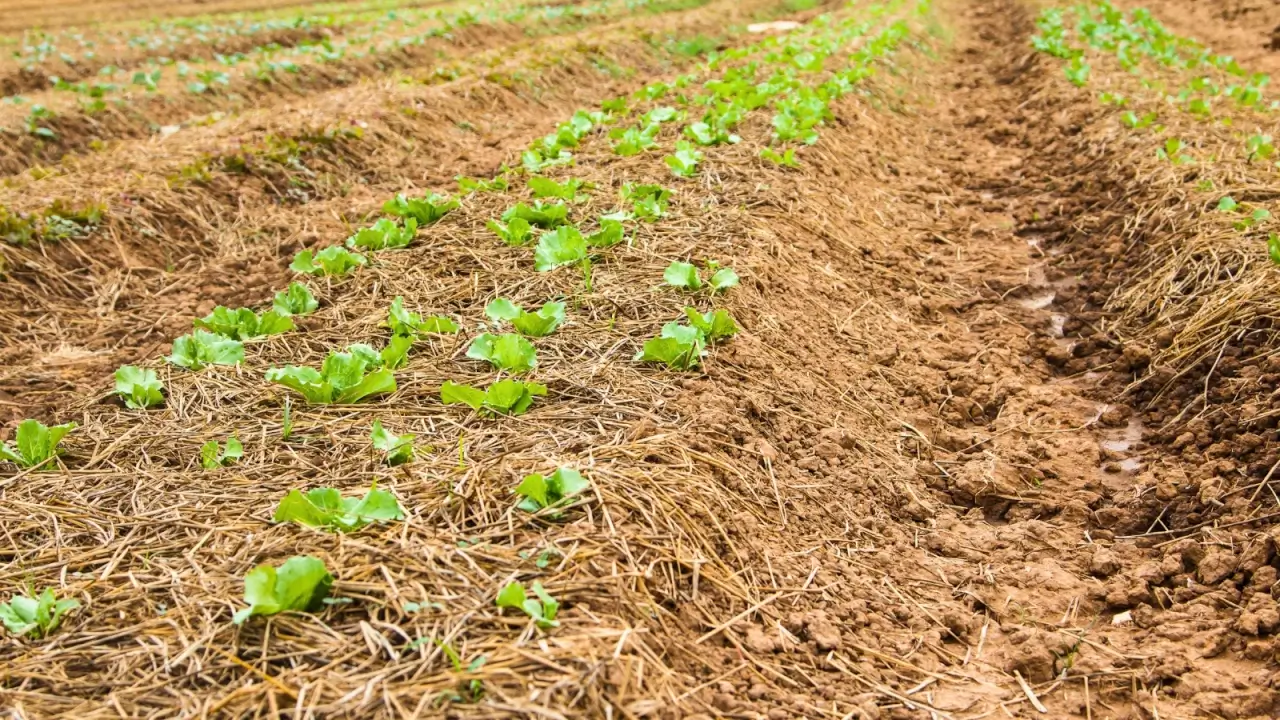
Adding a layer of mulch is a great tool for both heat and cold resistance. This layer protects the soil surface and aids in temperature regulation below. All of this funnels directly into reduced evaporation at upper soil levels, which preserves precious topsoil and reduces soil erosion.
An organic mulch provides the benefit of added nutrients to the soil as it breaks down. Wait until your crops are mature enough for transplant, and surround them with one to three inches of mulch, keeping it away from the plant’s base. Don’t add too much, which may result in compacted soil and prevent water penetration. In areas where soil compaction is an issue, a thinner layer is better.
Intensive Plantings
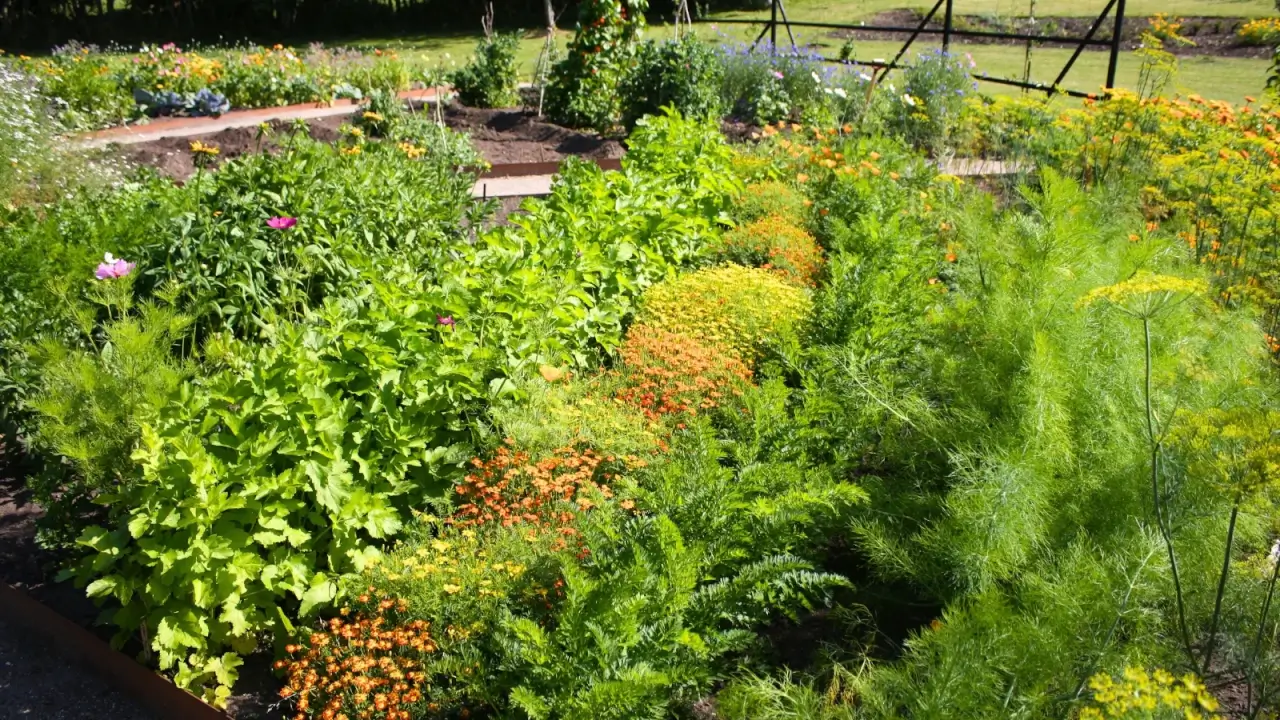
In nature, outside the cultivated center of the farm, plants grow closely together. The prairie is an excellent example of how dense plantings create insulation against heat stressors. As more tender plants grow closer to the surface, they are protected and bolstered by taller ones, which provide a shade canopy.
On the farm, we might not want to have as dense a planting as we would in wild spaces due to increased incidences of pests and diseases. But we do want to include more intensive plantings than our seed packets instruct to cover the soil and protect it from sun erosion.
This is where companion planting comes in. If we’re growing a tall plant with shallow roots, including a low- growing plant as a living mulch is a way to protect both plants and the soil from heat exposure. Increasing our frequency of a single planting and condensing our spacing acts similarly, if not quite as efficiently.
Adjust Irrigation Techniques
If you’ve been hand watering on the farm, it might be time to switch things up. While this is a completely viable and acceptable way to grow plants, trying new ways of watering in more experimental plots is a good idea. If you don’t have the space to experiment, try out these methods in temperate seasons when stressors aren’t present to see what works for you.
Furrow Irrigation
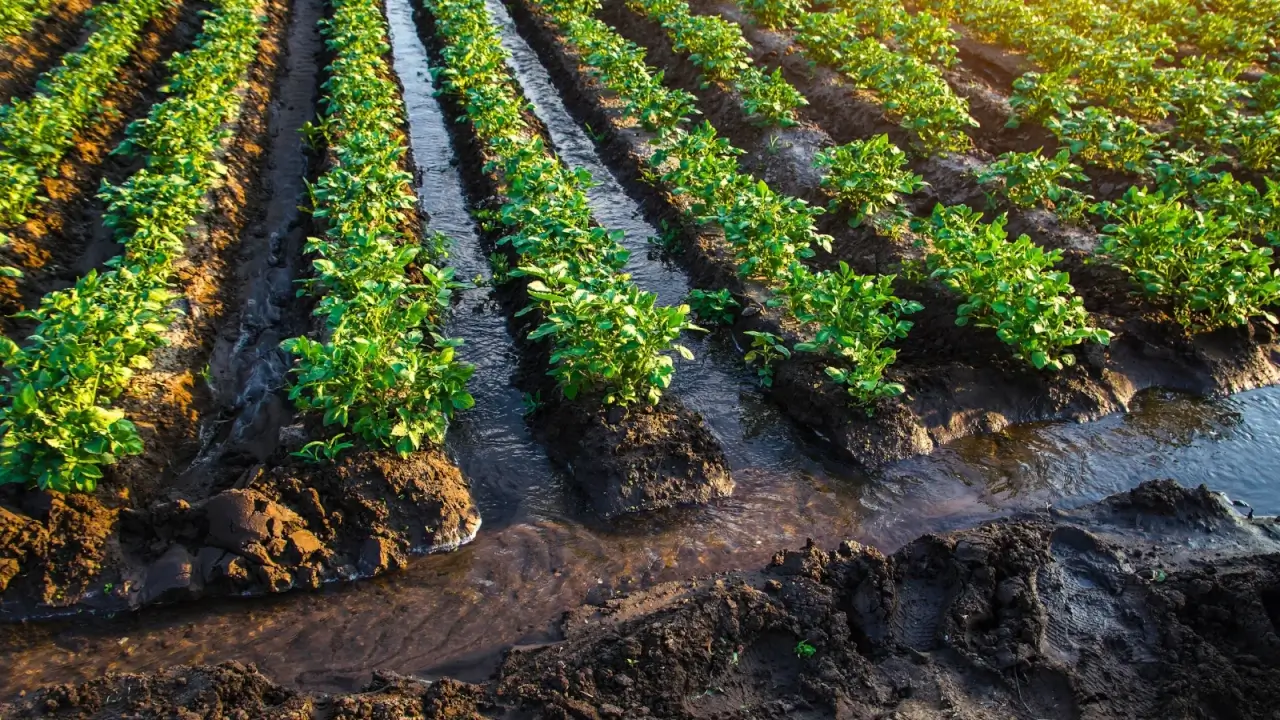
While not the most efficient irrigation method, furrow watering is an ancient and reliable way to water. Today, over 23,000 acres of American farmland is irrigated this way. The technique simply involves flooding small trenches that run along rows of crops with water. It’s a cheap and easy-to-execute way to improve the irrigation process.
There are things to consider when you use this method. Firstly, trenches shouldn’t exceed .5% grading to limit soil erosion. Gentle slopes are usually enough, which is part of what makes this an easy way to water your crops. Sandy soils benefit from deeper furrows, while clay soils do best with shallower ones.
When it comes to the actual act of irrigating, you can get as technical as you want. It could be as simple as filling the furrow at one end with a hose or using a gated pipe to quickly flood the furrow. The water pressure is important, though, as furrows retain water best at 15 to 25 gallons per minute. Furrows should be fairly long, at about 100 to 600 feet. Like depths, shorter furrows are better for clay soils, and longer ones suit sandy soils.
Drip Irrigation
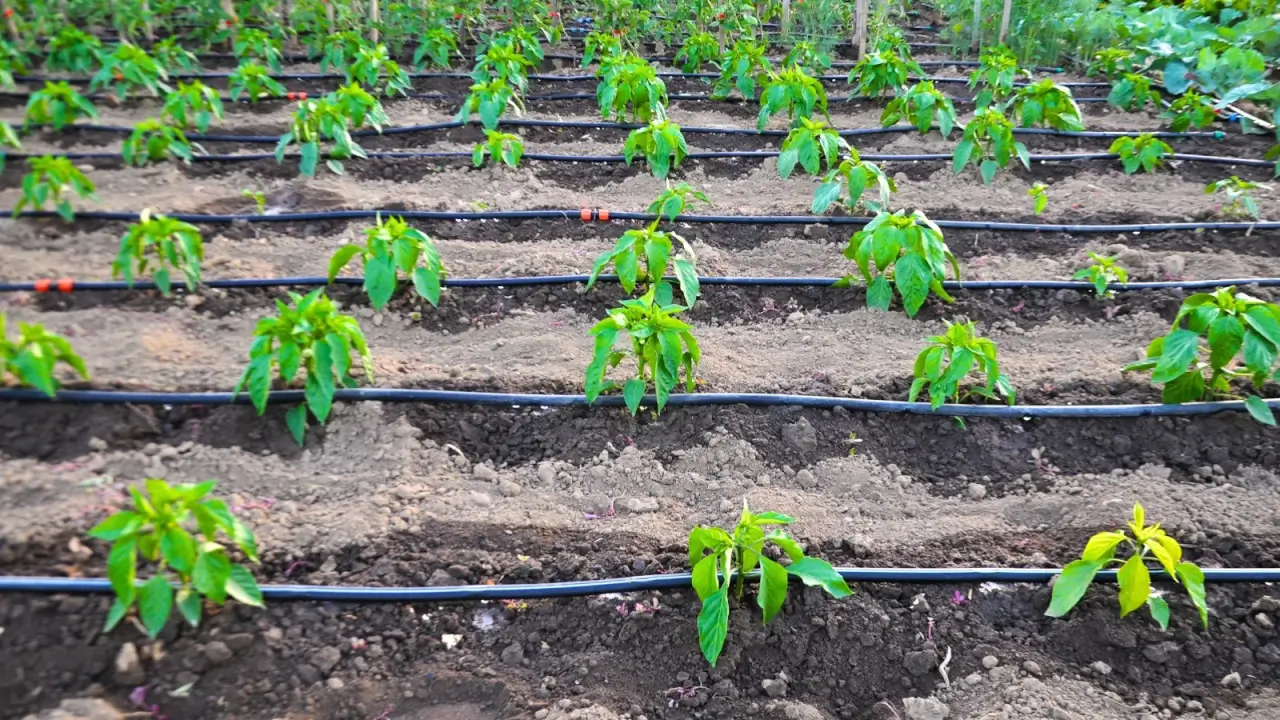
A properly installed and managed drip irrigation system is a more efficient and hassle-free way to water crops. Because there’s no splashing from the soil surface, diseases are less likely when crops are drip irrigated. And timers make the process of watering much easier.
Drip irrigation kits are easy to find at major garden and farm outlets, with setup ranging from very easy to more technical. Drip tape attached to a main hard line is one of the easiest ways to include it. There are more complicated PVC systems that use flow regulators and pressure valves to channel water on more difficult terrain as well.
This type of irrigation can save up to 80% of the water used in other irrigation systems. All that is required is the initial investment, the setup, and continued maintenance. Include a timer, and your farm is semi-automated, with just a check here and there needed to keep things in good shape.
Shade Canopy
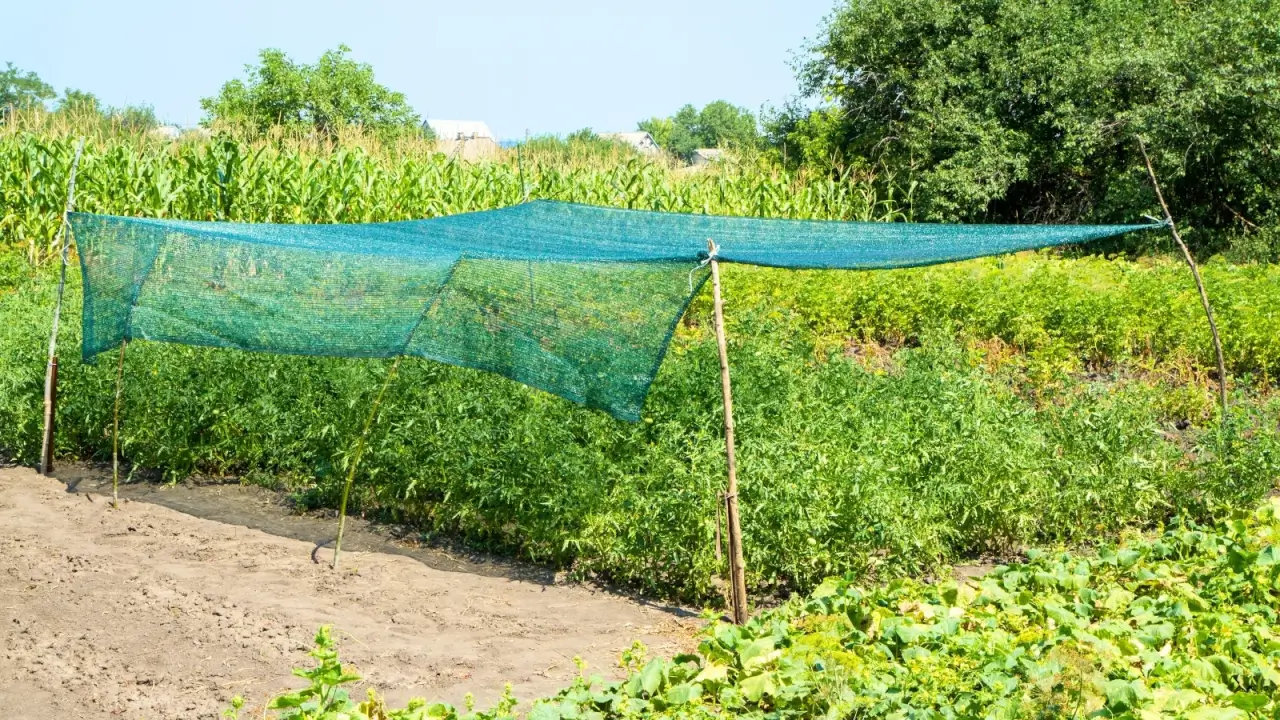
Even heat-tolerant crops take a beating in a sudden heat dome. A mechanical strategy, like a shade canopy, is a great option for summer crops, regardless of how sensitive they are. Find a freestanding canopy that allows a portion of the sunlight through. One that is transportable gives you a modular solution to the heat. Or drop a large shade cloth over your hoop house.
If you don’t want to foot the bill for a commercially-produced shade canopy, repurpose tarps and burlap. As long as you get at least 30% light penetration, but not more than 60%, you’ll have the same production with the right shielding to help your plants through the hottest parts of the year.
Plant Heat-Tolerant Varieties
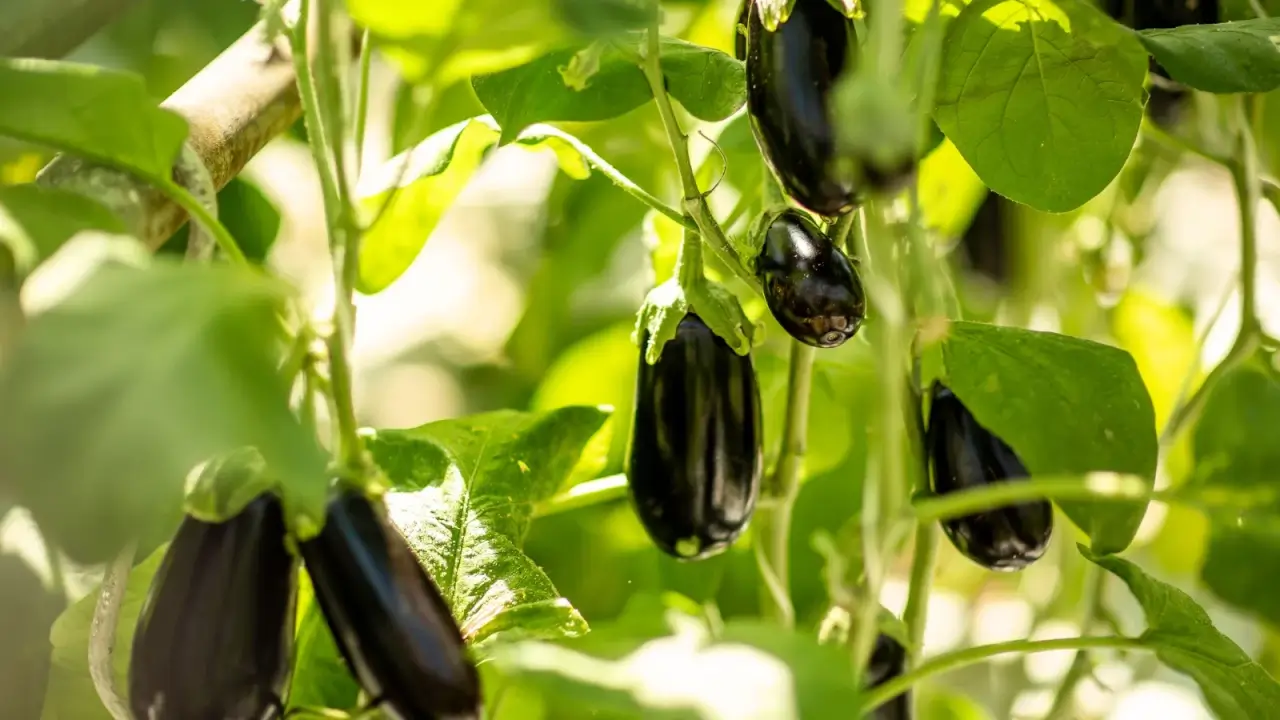
This strategy takes the most planning, but it’s the best way to keep your farm going even when it’s an inferno outdoors. Find varieties and plants that handle the heat with ease, and grow them. Check to see the predicted weather patterns for summer, and determine which of these works best for your climate.
Get your seeds started at the right time, and combine the heat lovers with any of the strategies above, and you’re producing even though it seems like nothing should be happening at all out there. It is becoming more and more imperative to familiarize yourself with heat and drought-tolerant plants. Have a look through your seed catalog this fall to get a head start.
Swapping Seasons, Casting Shade: How Farmers Are Growing Food in the Fearsome Phoenix Heat
Food farmers are making it work in sweltering Arizona, offering lessons for farmers in other regions where summer temperatures are rising.
The post Protecting Crops from Heat Stress: 5 Pro Strategies appeared first on Modern Farmer.

